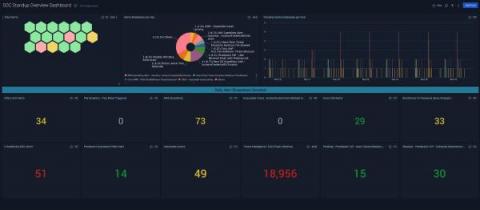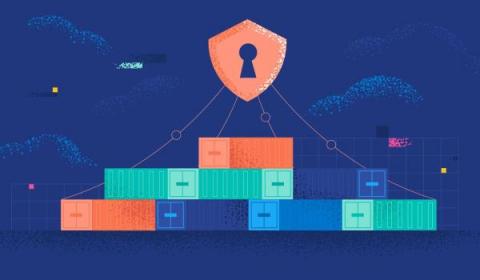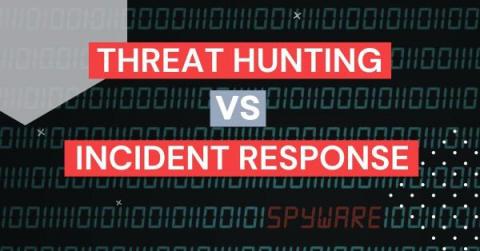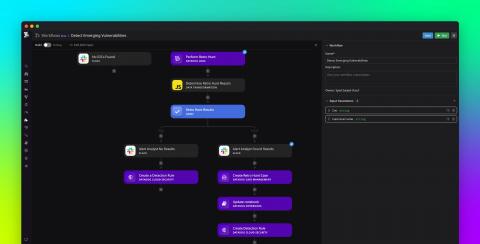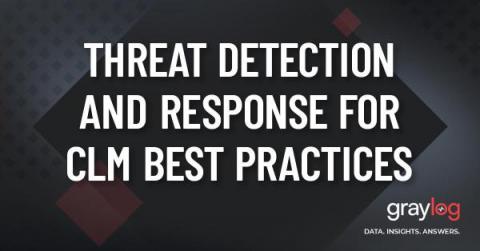How using Cloud SIEM dashboards and metrics for daily standups improves SOC efficiency
When we talk about emerging technologies and digitization, we often forget that while innovators work to bring the best solutions to market, cybersecurity gurus are concurrently working to identify loopholes and vulnerabilities in these new systems. Gone are the days when cyber attacks were monthly news; instead, they happen almost daily.


